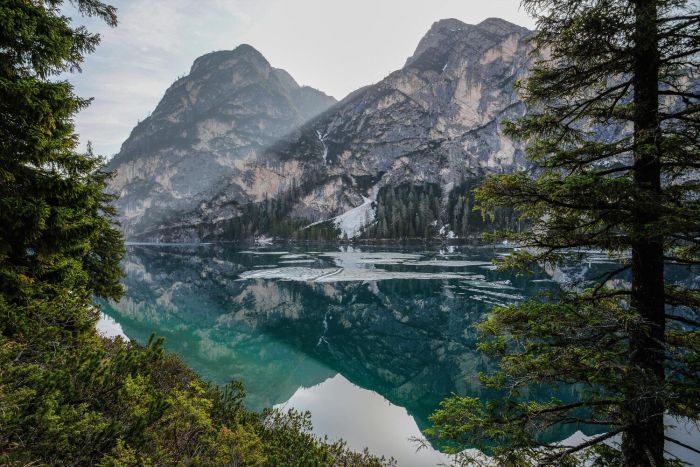Uncover this ancient city near the beautiful Bay of Naples by adding Avventure Bellissime’s Private Naples to Pompeii and Vesuvius Excursion or Private Naples to Pompeii and Amalfi Coast Trip to your Italy Vacation packages.
Mount Vesuvius erupted and nearly eradicated the bustling ancient Roman city of Pompeii in 79 A.D. It was a busy port city and the volcano claimed thousands of lives that fateful day.
The volcano itself is hundreds of thousands of years old and history has documented more than 50 eruptions - but none more devastating nor widely known as that of 79 A.D.
That area of the Bay of Naples is known to have been settled since about the 8th century B.C. when the ancient Greeks were drawn by stunning scenery to live here. Then, as now, the region around Pompeii was a vacation destination for wealthy and cultured citizens of the ancient world.
By the first century A.D. wealthy Roman nobles and merchants had extravagant villas and homes in Pompeii. The city boasted superbly engineered aqueducts, paved streets, taverns, restaurants, bathhouses, and a flourishing businesses that included everything from artisans and tradespeople to brothels and marketplaces. In an interesting parallel to modern Italy, Pompeii relied on the tourist industry to bolster the local economy.
At the time Mount Vesuvius erupted an estimated 20,000 residents lived in Pompeii and outlying areas, including wealthy citizens, government officials, townspeople, and slaves. Life was quite comfortable, with aqueducts to bring water, hot baths available to citizens in the bathhouses, open-air squares, and a huge arena for entertainment and events.
Most citizens fled when the volcano started rumbling, some barely escaping the blanket of ash and poisonous gases when they took to the water of the Bay of Naples.
Pliny the Younger, who was a writer of note who had a lengthy military career, was an eye-witness to the volcanic eruption of Mount Vesuvius. He described the events in a letter, which has been translated:
On the 24th of August, about one in the afternoon ...A cloud, from which mountain was uncertain, at this distance (but it was found afterwards to come from Mount Vesuvius), was ascending, the appearance of which I cannot give you a more exact description of than by likening it to that of a pine tree, for it shot up to a great height in the form of a very tall trunk, which spread itself out at the top into a sort of branches; occasioned, I imagine, either by a sudden gust of air that impelled it, the force of which decreased as it advanced upwards, or the cloud itself being pressed back again by its own weight, expanded in the manner I have mentioned; it appeared sometimes bright and sometimes dark and spotted, according as it was either more or less impregnated with earth and cinders.













